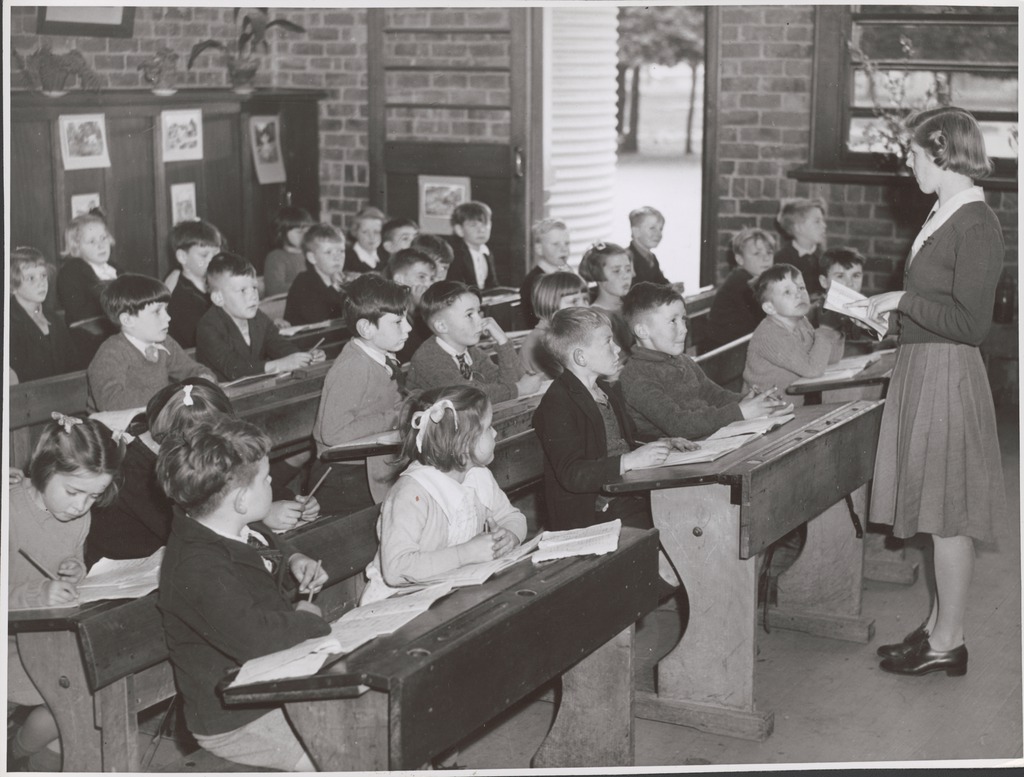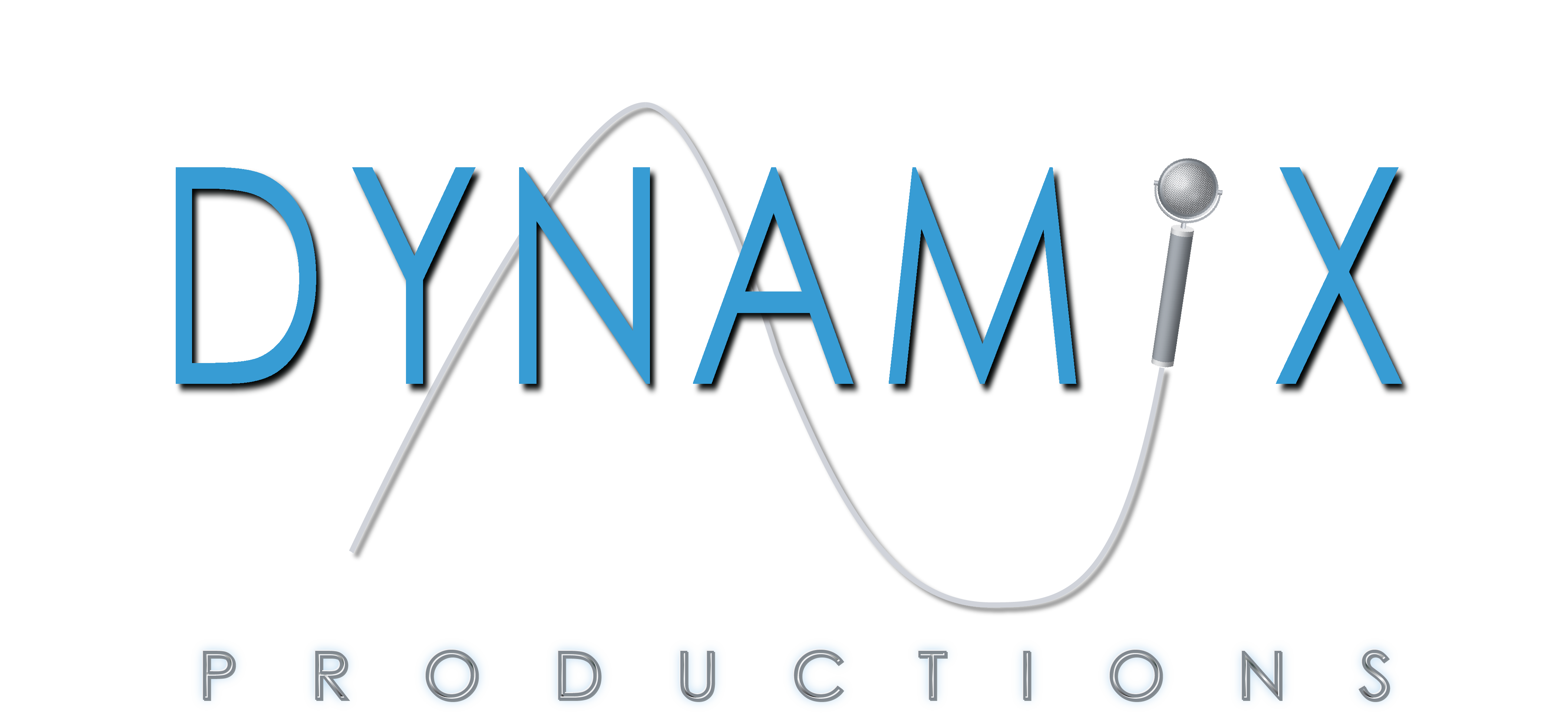Jul 01, 2012 01:11 PM Filed in:
Did You Know? | How-to
Independence Day reminds me about fireworks. Which reminds me of explosions. Which remind me of sound effects. I'm not necessarily thinking of sound effects when I'm watching fireworks, because I'm usually in the moment. But we've all experienced that anticipation of waiting for the next explosion when we see a faint streak of light climb up to the heavens and hear a little bit of the sizzle from the propulsion. A momentary silence...and then BOOM! Ooooh! Aaaah! Laughter, applause.
Now, stick a microphone where you're at and record it. It sounds flat and lifeless. It's never really as exciting as when you were there. So if you're trying to design a soundtrack with fireworks, how do you make them exciting?
Let's suppose we're designing a soundtrack to accompany a video. We would take our cues from the visuals, such as a wide shot that puts us in the crowd but some distance from the actual fireworks. We can certainly use a sound effect (SFX) that was recorded at a fireworks show for our base, but it will be need to be augmented to give it more punch. To do that, we typically use SFX of artillery explosions. It can't really be an impact explosion because there would be debris and scatter, so we need the sound from the barrel of the gun. A large artillery gun firing blanks would be ideal because one containing a live round usually has the whirring sound of the projectile.
What about the sound of the mortar climbing to altitude? A number of SFX can work, usually with alteration (like pitch, timing, combination of two or more, etc.):
• A jet flying over at high speed
• A highway flare being lit
• A steak sizzling on a barbecue grill
• Ice skates making a fast turn and cut away in hockey or bandy
• Create a SFX by waving a microphone back and forth in front of a sparkler
Add some more crowd noise with "Oohs," "Aahs," and applause and you're done. Now wouldn't it be fun to create a soundtrack of being that fireworks mortar, from launch to explosion? Have a safe and large 4th of July!
Dynamix Tech Notes
Using directional microphones to create sound effects has been a Hollywood staple for decades. One of the more ingenious uses was when sound designer Ben Burt created the light saber effect for Star Wars. Burt first set up a large speaker and film screen facing him. A constant low hum, like when a PA system has a bad cable, was played through the speaker. The film screen had the fight scene between Darth and Obi Wan playing. Using a shotgun microphone, which has a very narrow pickup pattern and is highly directional, Burt swung the microphone back and forth along with the actors' motions. Coincidentally, a shotgun microphone is long and skinny like a light saber. As the front of the microphone quickly passed in front of the speaker, the humming would increase dramatically. Pointed away from the speaker, a faint hum could be heard. It's sort of like using a telescope.
Another cool technique with directional microphones involves a passing car. Conventional wisdom would dictate pointing the microphone towards the car as it approaches, and follow it as it goes by. By reversing that approach and pointing the microphone in the opposite direction, then quickly sweeping to the other direction as the car passes, creates a dramatic pass-by. The car is very faint until the moment of passing. This makes for great drama, especially if you're trying to convey speed and aggression.
Neil Kesterson




